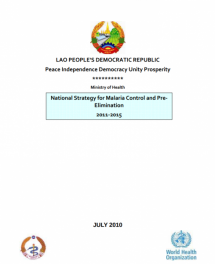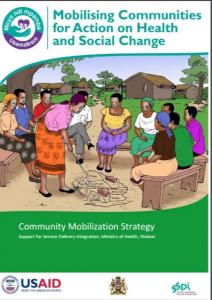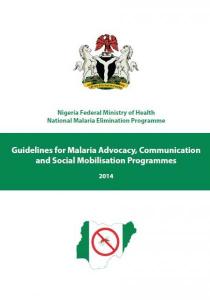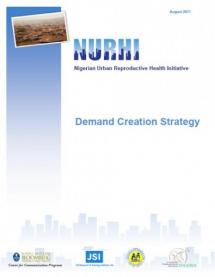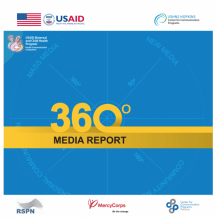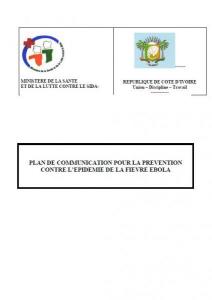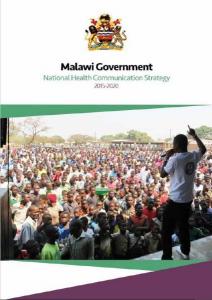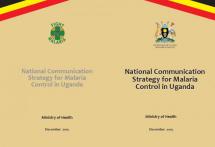National Strategy for Malaria Control and PreElimination 2011-2015, Lao People’s Democratic Republic
The first section of this document provides background information relevant to the strategic plan for malaria control in Lao PDR. It includes a brief country profile, the health system and an overview of malaria (covering epidemiology, history and the current situation).
The second section describes the National Strategy for Malaria Control and Elimination 2011-2015, description of the program framework, budgets, quantification of commodities and related indicators.
Projected outcomes will be achieved through the implementation of activities grouped under eight program objectives:
(1) Optimize the functionality of national malaria control and elimination efforts by strengthening program management.
(2) Maximize access to effective vector control and personal protection measures.
(3) Improve access to early, effective diagnosis for malaria.
(4) Support routine case management for malaria in all public sector health facilities, at community level in Stratum 3 villages and in selected private sector health facilities in more endemic districts.
(5) Strengthen routine Malaria Information System.
(6) Maintain malaria epidemic preparedness and response capabilities.
(7) Progressively roll out malaria elimination in selected provinces.
(8) Maximize utilization of malaria services through IEC/BCC and strengthen community mobilization efforts especially in elimination provinces.
Source: WHO and Ministry of Health. Lao People's Democratic Republic
Date of Publication: March 25, 2019
SIMILIAR RESOURCES
Tools
Examples
- Integrated Management Strategy for Dengue Prevention and Control
- SBCC for Malaria in Pregnancy: Strategy Development Guidance
- Promoting Quality Malaria Medicines Through SBCC: An Implementation Kit
- Plan Stratégique National de Plaidoyer en matière de lutte contre le Paludisme (PSNPP) en Côte d'Ivoire 2018-2023
- Plan de Contingence du Systeme des Nations Unies pour une Epidemie de Fievre Hemorragique a Virus Ebola
- The Strategic Framework for Malaria Social and Behaviour Change Communication 2018-2030
- Social Franchising: Improving Quality and Expanding Contraceptive Choice in the Private Sector
- CDC’s Guiding Principles for Public-Private Partnerships: A Tool to Support Engagement to Achieve Public Health Goals
- How Businesses Can Invest in Women and Realize Returns
- Generic Algorithm to Aid Action Planning at District and Regional Levels
- Plan Strategique 2011-2015 de Lutte Contre le Paludisme au Burkina Faso
- Plan de Communicacion de la Lutte contre le Paludisme 2013-2015
- National Strategic Plan for Malaria Control and Elimination in Thailand, 2011- 2016
- SBCC Strategy for the Expanded Program on Immunization, 2011-2015 [Namibia]
- National Malaria Control Programme Strategic Plan, 2009-2015 Sierra Leone

